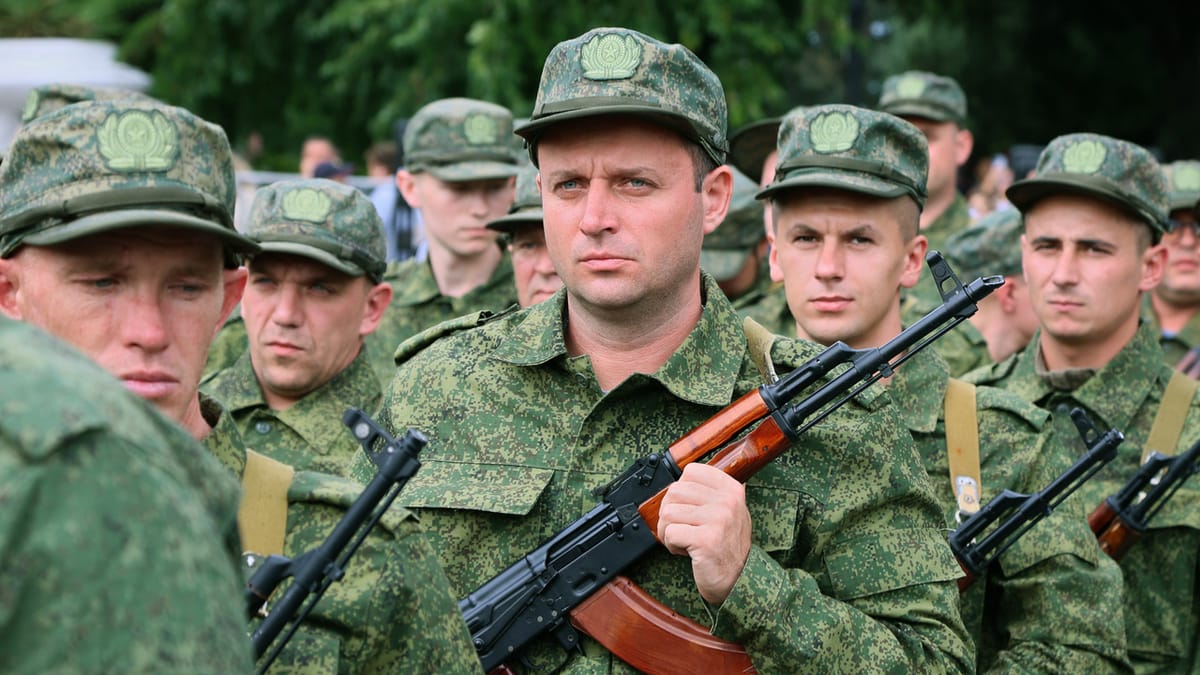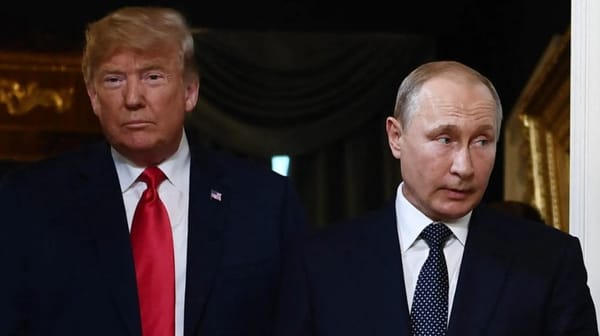Russia’s Largest Conscription Drive Since 2011: Putin Calls Up 160,000 Amid Ukraine War

Russian President Vladimir Putin signed a decree on March 31, 2025, ordering the conscription of 160,000 men aged 18–30 for mandatory military service, marking the largest spring draft since 2011. While the Kremlin insists the move is part of its biannual conscription cycle and unrelated to the war in Ukraine, the timing and scale of the mobilization have raised alarms about Russia’s capacity to sustain its military operations and long-term strategic goals.
Key Details of the Conscription Decree
- Scope and Timing:
- The draft will run from April 1 to July 15, 2025, with conscripts required to report for one year of service.
- The 160,000 figure represents a 10,000 increase over spring 2024 and the highest single-season conscription since 2011, when Russia drafted over 200,000 men.
- Demographic Expansion:
- In January 2024, Putin signed a law raising the maximum conscription age from 27 to 30, significantly expanding the pool of eligible men.
- Notifications will be issued via Gosuslugi, Russia’s digital government services portal, alongside traditional mailed notices, ensuring near-universal reach among adults.
- Military Expansion Goals:
- This draft aligns with Putin’s September 2024 decree to grow Russia’s armed forces to 2.39 million personnel, including 1.5 million active-duty soldiers, by 2026.




